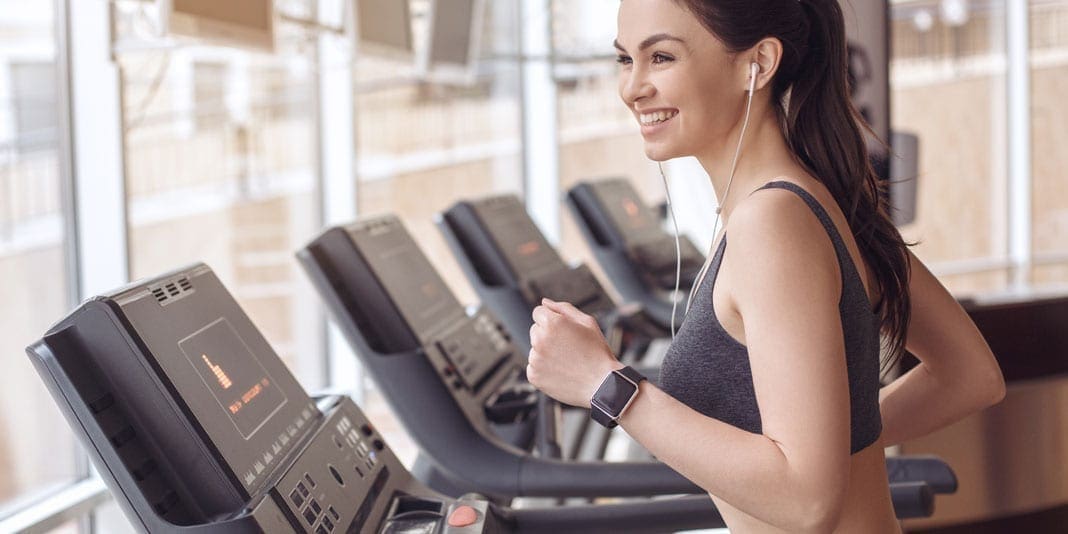Depending on your fitness goals and what you feel comfortable with, there are different ways to approach your cardio routine. Let’s focus on the two main types of cardiovascular exercise – HIIT and LISS.
HIIT or high-intensity interval training are workouts that require lots of energy for a short amount of time. On the other hand, LISS workouts or low-intensity steady-state training involve keeping a consistent, steady pace.
LISS cardio has benefits like improving blood circulation and lowering the risk of heart disease. Some examples of LISS would be cycling or running for about 45 minutes to an hour. Because it uses fat for fuel instead of glycogen, it aids in fat loss. It is also less stressful on the body, which means it’s suitable for more people and has less of a recovery period. If you are looking to train for a marathon or something that requires endurance, this would be a great option.
HIIT sessions are short and last around 20 minutes. They involve short bursts of hard energy and are followed by recovery periods of rest or low-intensity activity. Some examples of HIIT workouts include sprinting or exercises like burpees. In comparison to LISS, these workouts will help you preserve muscle mass.
In deciding which one is better for you, it’s vital to consider how much time you have and how your body feels. LISS will take longer, but it is lighter on your body. Some people prefer HIIT because they have less time but really enjoy feeling that burn.
There is also the debate on which burns more calories. When doing a LISS workout, you will burn a particular amount of calories. When you’re done, it stops burning calories. But after you do a HIIT workout, your body continues to burn calories. This is because of post-exercise consumption (EPOC), which is the amount of oxygen your body needs to return to it’s resting state. After a HIIT workout, your body will need more oxygen to do so, and this will burn more calories in turn.




































